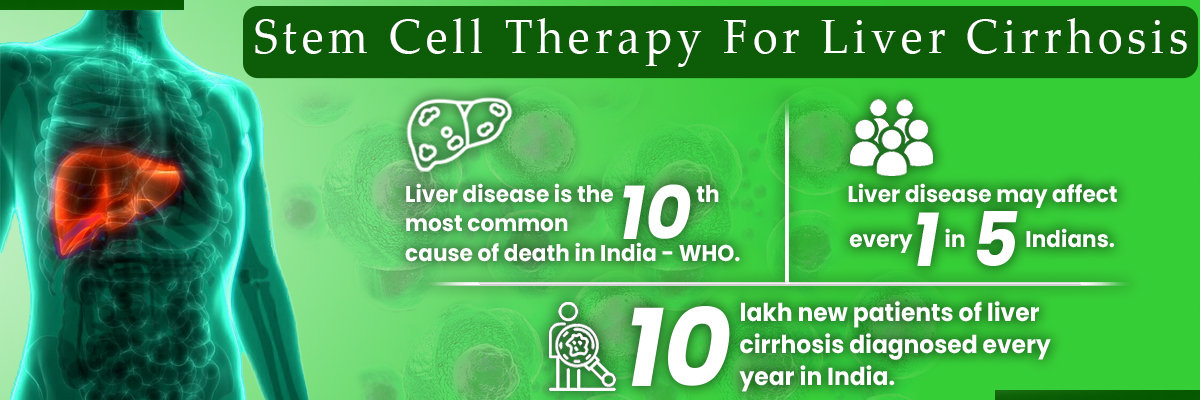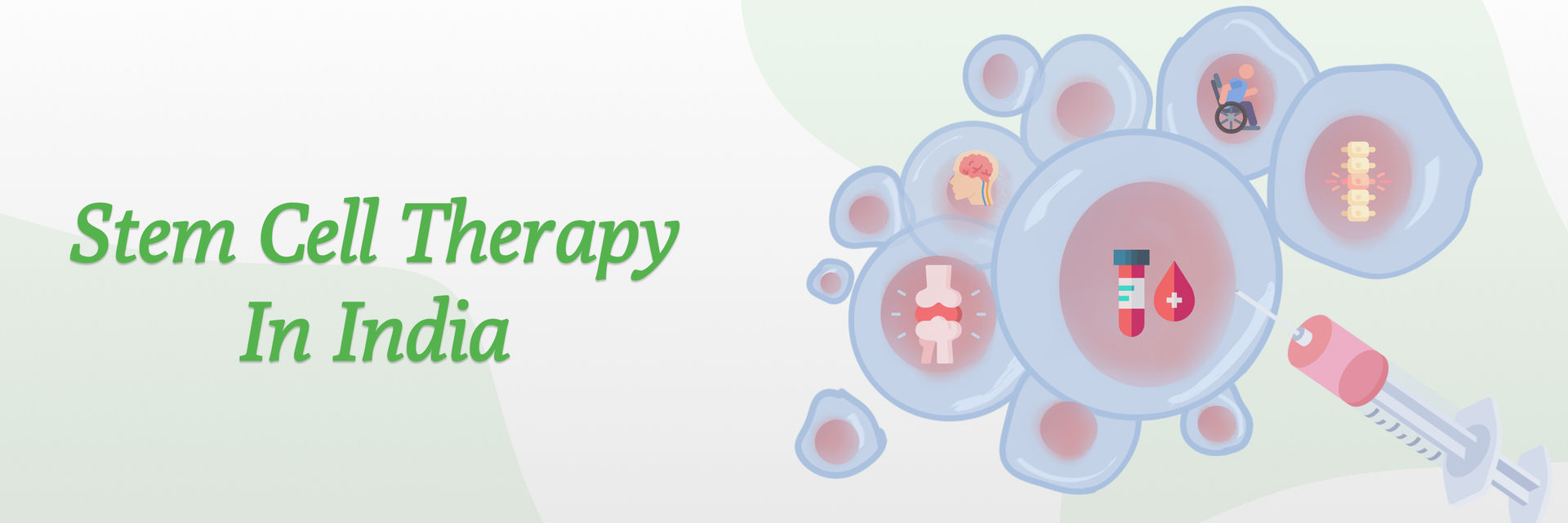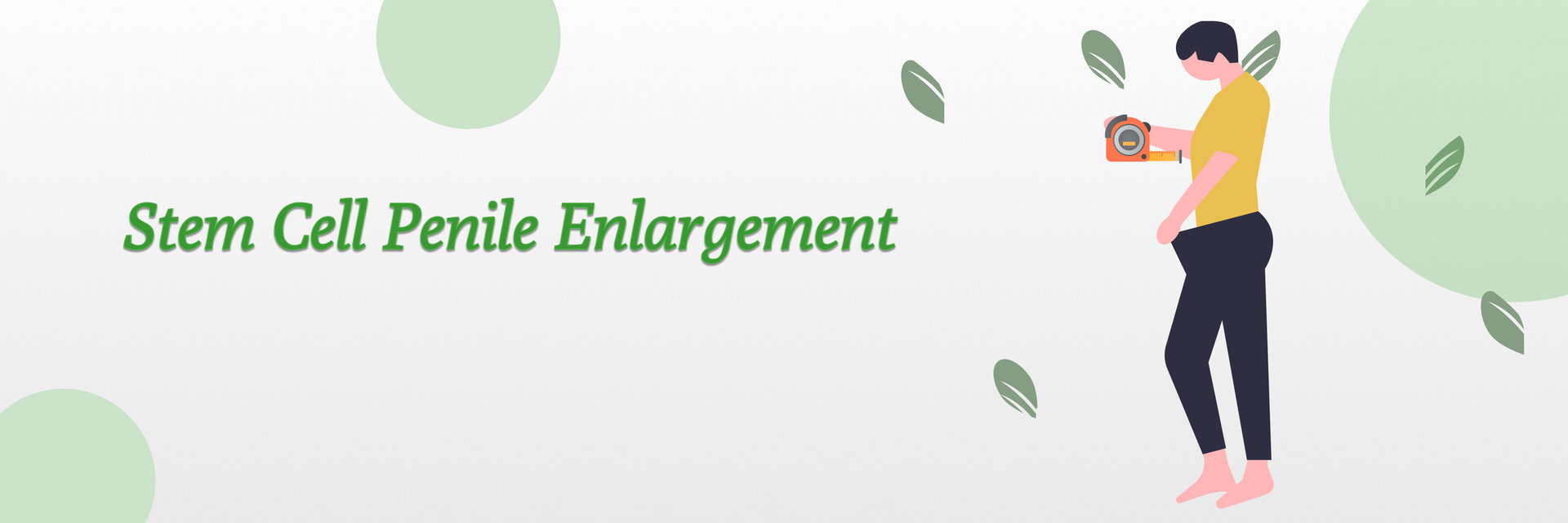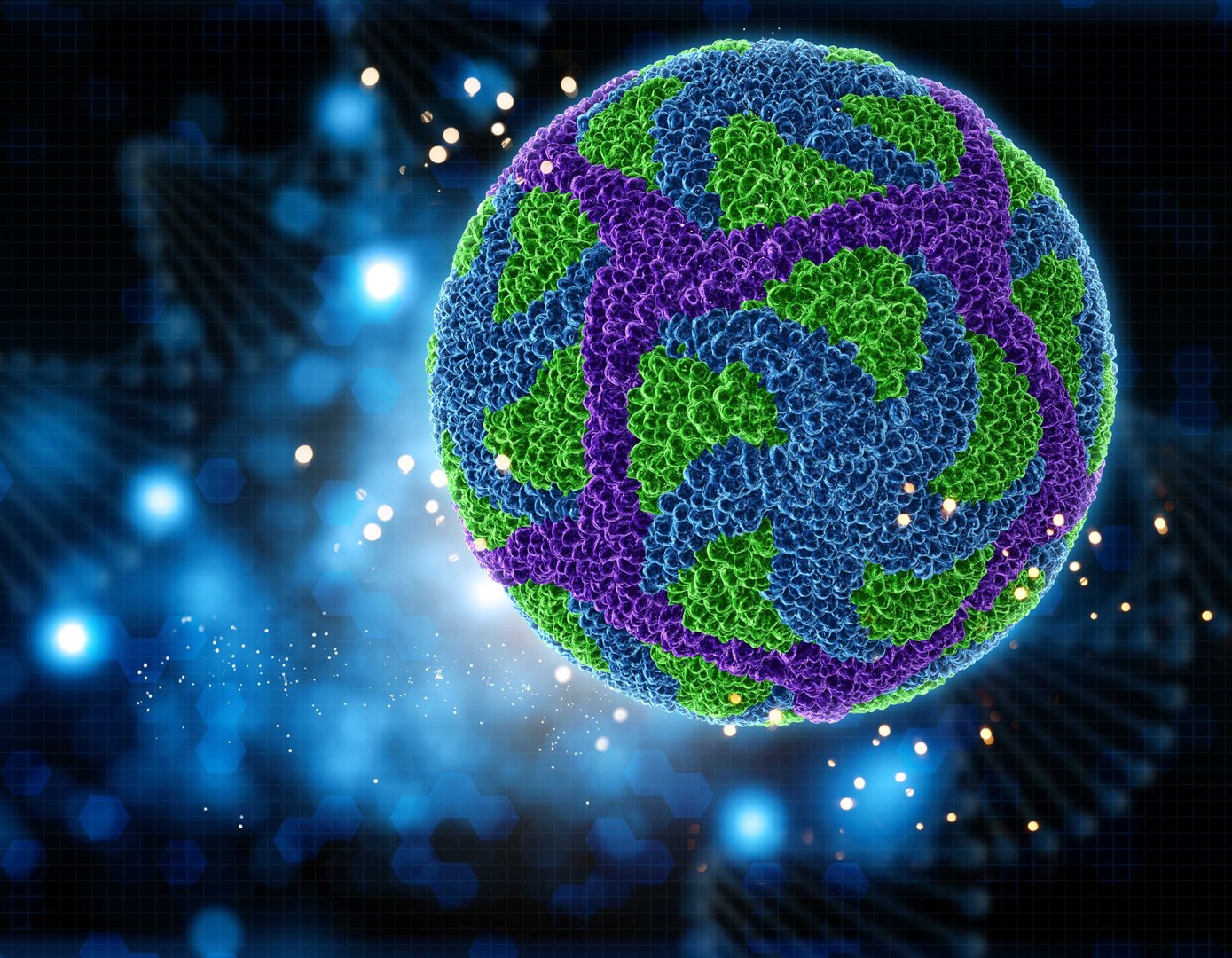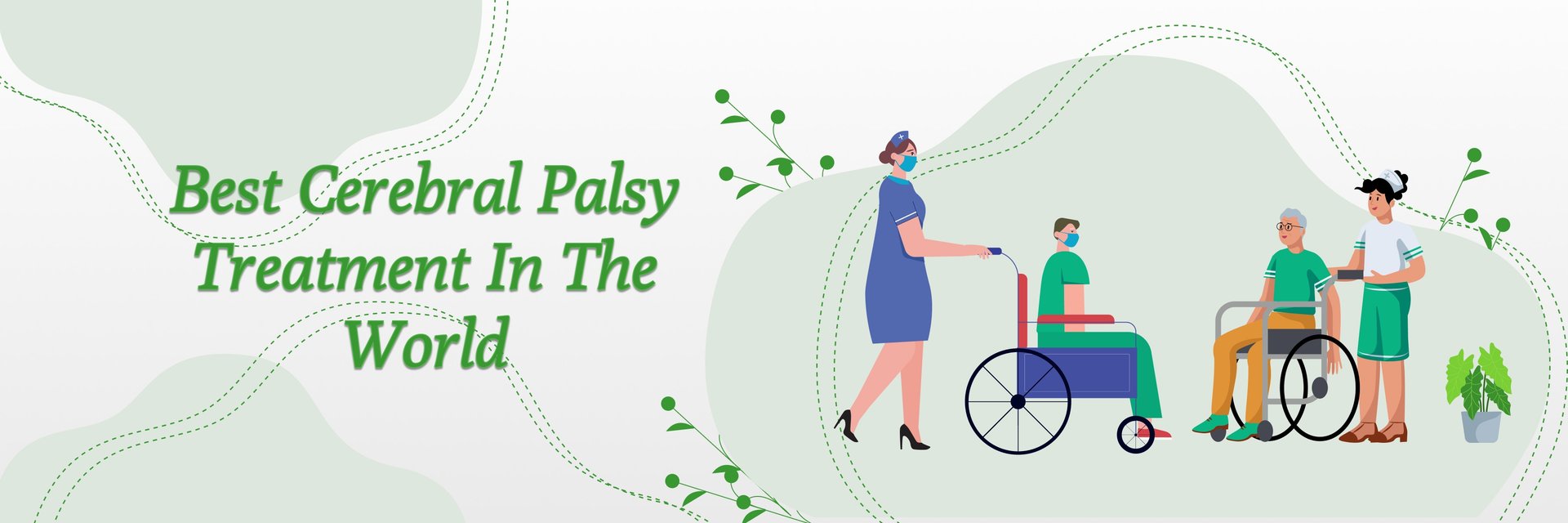Introduction
In recent decades, stem cell therapy has been a major medical innovation, particularly in the treatment of some cancers and autoimmune diseases. One of the most promising treatments is Autologous Hematopoietic Stem Cell Transplantation (AHSCT). AHSCT has become increasingly prominent in Stem Cell Research due to the potential to restart the immune system and suppress the activity of disease in patients with advanced or relapsed diseases. Connect with the best medical professional to learn in-depth about the treatment. Though most people identify stem cells with bone marrow or blood cancer, their uses are much more diverse. AHSCT is also increasingly being researched to treat Crohn's disease, inflammatory bowel disease, and other conditions as well. This blog discusses all that you might like to know about AHSCT — from harvesting the stem cell to post-transplantation aftercare — including risks, advantages, expenses, and future directions.
What Is Autologous Hematopoietic Stem Cell Transplantation (AHSCT)?
Autologous Hematopoietic Stem Cell Transplantation, or AHSCT for short, refers to a form of stem transplant where the patient's stem cells are harvested, stored, and finally re-infused into his or her system after high-dose chemotherapy. The stem cells are typically harvested either from bone marrow or peripheral blood. AHSCT avoids immune rejection and decreases complications such as graft-versus-host disease, in contrast to an allogeneic transplant involving stem cell donation by another individual. If one is considering AHSCT as a viable treatment option, then one can book a video consultation on our platform in just a few clicks.
This process is primarily employed for cancer treatment, particularly for blood cancers such as lymphoma, myeloma, and some forms of leukemia. Nevertheless, its use is increasing for autoimmune diseases, such as treating Crohn's disease. Based on current research on cancer, AHSCT can cure cancer cells because it enables physicians to administer more intense chemotherapy that would otherwise be too risky.
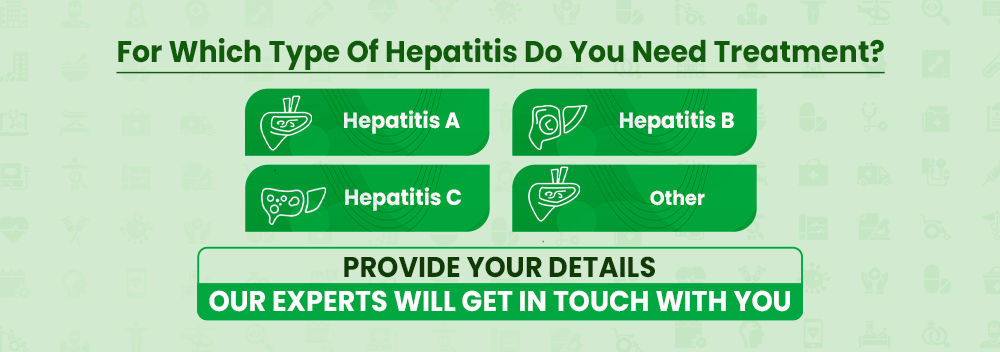
Autologous Transplant vs Allogenic Transplant
| Parameter | Autologoys Transplant | Allogeneic Transplant |
| Source of Stem cells | Patient's own cells | Donor (usually siblings or matched donor) |
| Risk of rejecetion | Low | High |
| Immune complications | Minimal | Graft-versus-host disease risk |
| Stem cell preservation | Commonly stored for future medical use | Not applicable |
Why Is AHSTC Done?
The main purpose of AHSCT is to facilitate high-dose chemotherapy that can kill cancer cells or restore a weakened immune system. In cancer treatment, especially blood cancer, it provides a second chance to patients if the traditional treatments are unsuccessful. The high-dose therapy kills infected cells and the immune system, and reinfusion of the stem cells introduces healthy blood and immune cells.
In patients with Crohn's disease, this is to reboot the immune system so that it desists from attacking the digestive system. The theory is that the immune system reboots and eliminates the attack cells responsible for chronic inflammation. Thus, AHSCT is an anti-inflammatory therapy at the cellular level. It is not yet first-line but is more commonly used in refractory cases under clinical trials.
Diseases Treated By AHSCT
The number of diseases for which AHSCT is used to treat increases every day. In the beginning, it was created to cure blood cancer forms such as lymphoma, multiple myeloma, and some leukemias; now it also cures severe autoimmune diseases. The most frequent diseases are:
- Multiple myeloma
- Non-Hodgkin's and Hodgkin's lymphoma
- Acute and chronic leukemias
- Crohn's disease
Stem Cell Collection & Mobilization
Stem cell harvesting takes place before receiving high-dose chemotherapy. This is a technique in which stem cells are mobilized from the bone marrow into the bloodstream through the use of specific drugs. Once in the blood, stem cells are collected through a process called apheresis. It's an outpatient, painless procedure in which blood is drawn, stem cells are filtered out, and the remainder of the blood is returned to the body. These preserved stem cells are kept safe through cryopreservation, an essential part of stem cell preservation.
The number and quality of the stem cells retrieved are very important to making the implantation a success. A few hospitals nowadays provide plans for stem cell preservation to chemotherapy patients, and even patients are considering the stem cell storage cost and making a prior booking.
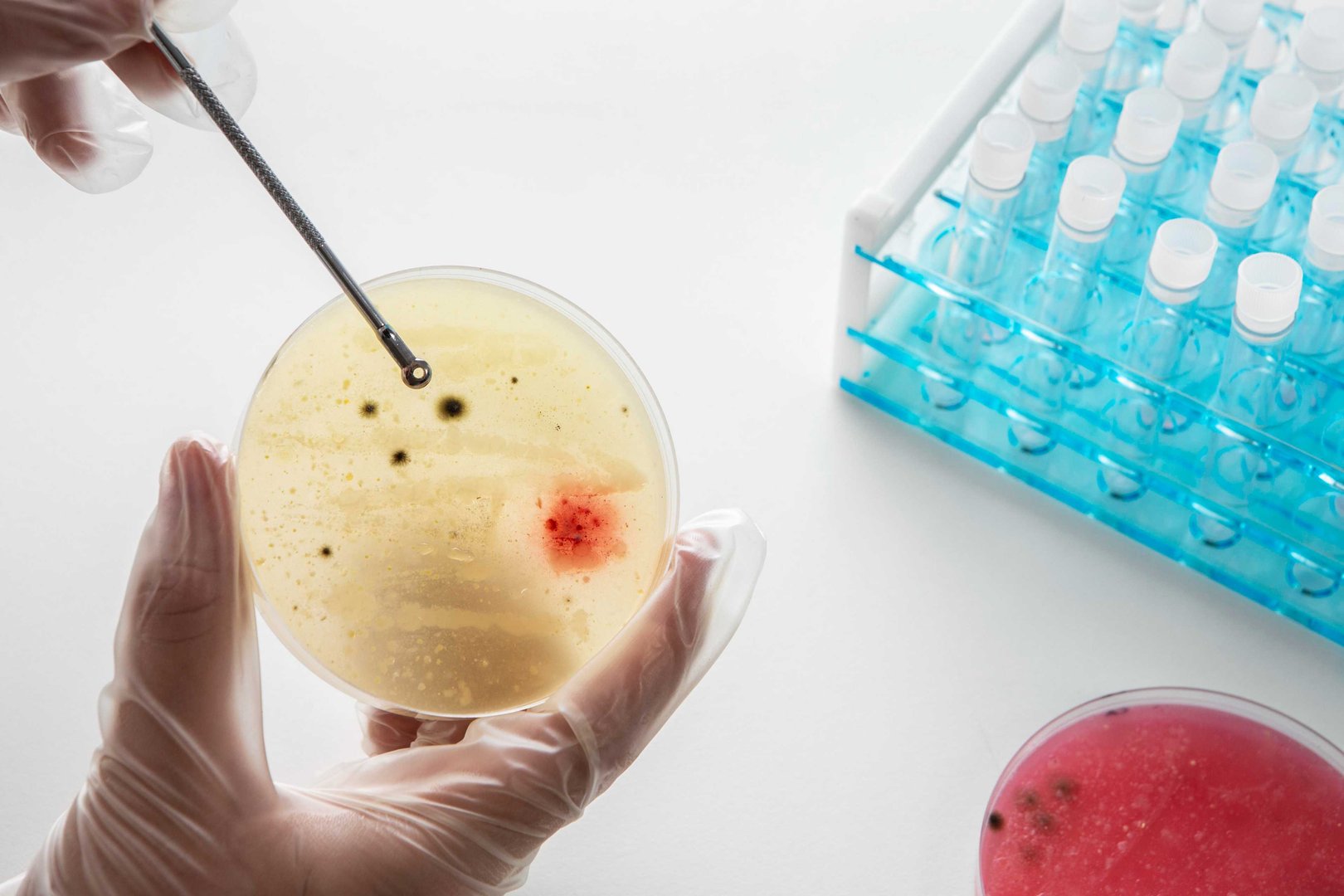
Stem Cell Infusion & Engraftment
Following high-dose chemo or radiation (also referred to as conditioning), the banked stem cells are infused back into the patient's bloodstream. This is called stem cell infusion and is like getting a blood transfusion. The stem cells make their way to the bone marrow within the body, where they start generating new blood cells, referred to as engraftment. Engraftment is normally within 2 to 4 weeks post-transplant. The patients are very susceptible to infection at this stage and are thus very closely watched in special wards. Infusion-to-recovery period is very important, and after-care starts even before discharge from the hospital.
Short Term & Long Term Side Effects
Short-term side effects are primarily chemotherapy-related. These are nausea, vomiting, fatigue, hair loss, and an increased risk. Patients also develop mouth ulcers, diarrhea, or inflammatory reactions. A delay in engraftment with subsequent low white cells and platelets can occur.
Long-term consequences may be fertility problems, hormonal imbalances, or secondary malignancies. These are, however, taken care of by follow-ups and blood checks at regular intervals. Studies at Stem Cell Research have established that long-term consequences are minimal in autologous transplants versus allogeneic transplants.
Risks & Complications
There is a risk with any medical intervention, and AHSCT is no different. While the risk of rejection is minimal, patients are also vulnerable to:
- Infections of low immunity
- Bleeding due to low platelet levels
- Damage to organs by high-dose chemo
Psychological effects are there. Some patients get depression or anxiety in recovery. That's why some cancer experts advise mental health services along the way. Stem cell donation, bone marrow donation, or donation at all is safe, but the transplant procedure itself can be tough.
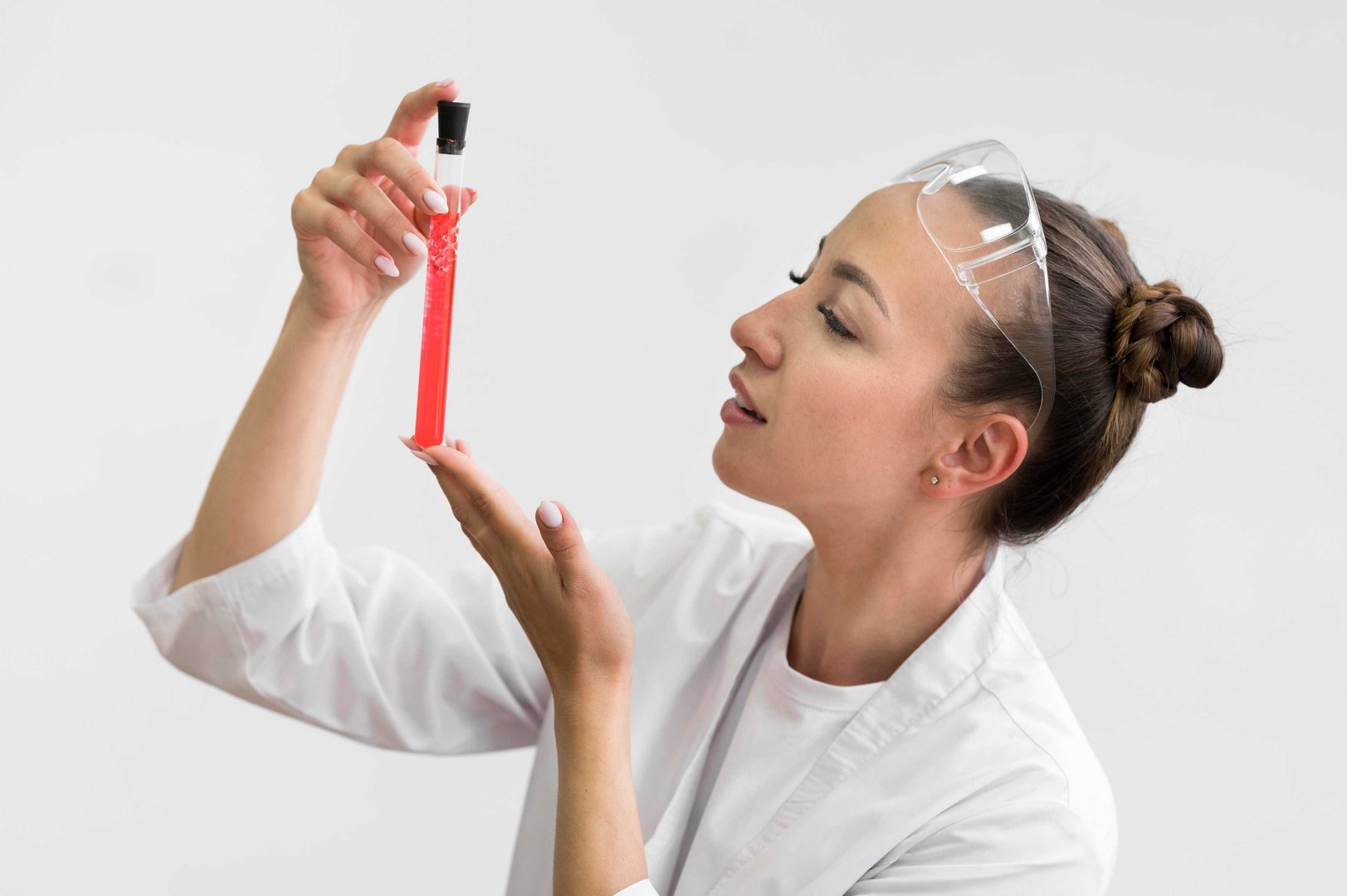
Post-Transplant Care & Monitoring
Post-transplant care is a crucial phase of AHSCT. Recovery doesn't stop at discharge. Patients have to report for follow-ups at intervals, sometimes for months, even years. Blood counts are kept under close observation, and patients are instructed to stay away from crowds to minimize the risk of infection. A proper diet is the way to guarantee recovery from stem transplants.
Immunizations are sequential because chemo destroys prior immunity. The advances in technology on the part of cancer research have seen improved recovery measures, but patients still must go through antibiotics, antifungals, and antivirals for a few months following the transplant.
Cost & Accessibility Of Treatment
The price of AHSCT is hospital, country, and case dependent. Stem cell banking and the price of stem cell storage are lower in India than in Western nations. The overall price of the transplant procedure itself ranges from ₹10 lakhs to ₹25 lakhs. This is inclusive of stem cell collection, hospital stay, medication, and post-operative care.
AHSCT is presently covered by most insurance companies, particularly for ailments such as blood cancer. Autoimmune diseases, such as the treatment of Crohn's disease, remain very restricted in their coverage, though. Hospitals are already introducing stem cell storage plans to share future costs, making the treatment cheaper in the future.
Future Scope Of Treatment
With the expansion of Stem Cell Research, AHSCT is evolving at a fast pace. Clinical trials are performed for conditions other than cancer, such as inflammatory bowel disease, rheumatoid arthritis, and even multiple sclerosis. Better conditioning regimens are employed now to reduce toxicity and improve outcomes.
In the immediate future, AHSCT may be a first-line therapy for most treatment-refractory diseases. Gene-edited stem cells and customized transplant regimens are on the horizon. Also, education of the general public in bone marrow and stem cell donation is growing, and this can aid in the construction of donor registries and the facilitation of treatment access.
Summary
Autologous Hematopoietic Stem Cell Transplantation or AHSCT is a powerful therapeutic modality with growing uses in the management of cancer as well as autoimmune illnesses such as Crohn's disease. Utilizing one's stem cells, the procedure minimizes complications to a bare minimum while facilitating intense therapy. With good follow-up care after transplant, frequent monitoring, and knowledge on how to store the stem cells, patients have reasons to expect improved quality of life.
While dangerous, there are benefits in certain patients that cannot be ignored. As Stem Cell Research and cancer research expand, AHSCT is poised to be even more a part of contemporary medicine. From bone marrow therapy to stem cell storage cost, the future of therapy is cellular specificity, and the future is greater than wonderful.
References
https://www.ncbi.nlm.nih.gov/books/NBK326738

